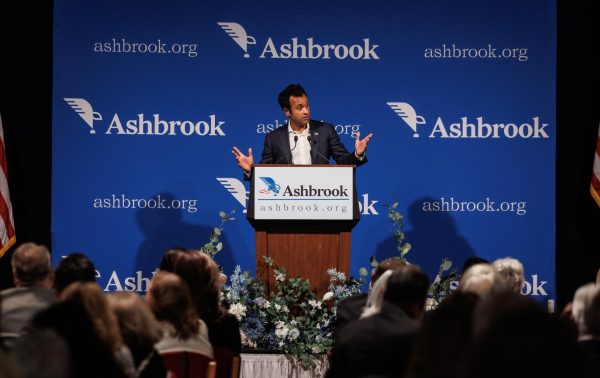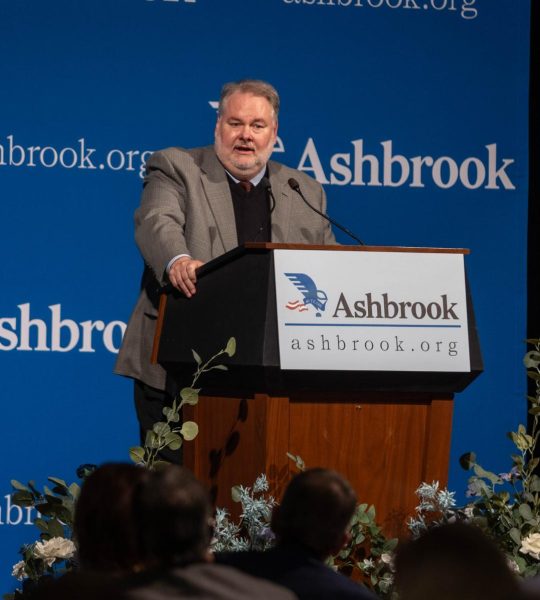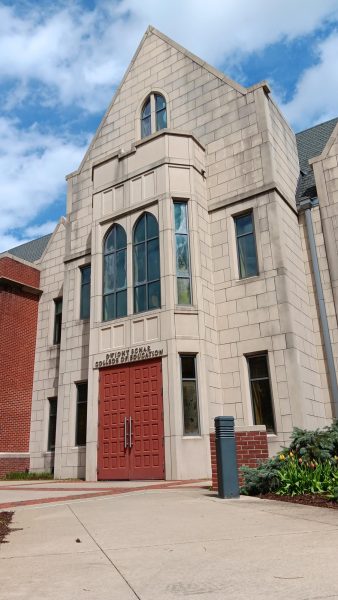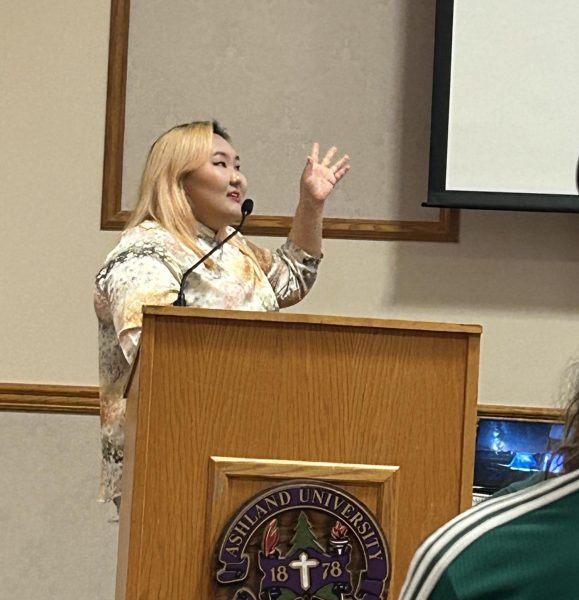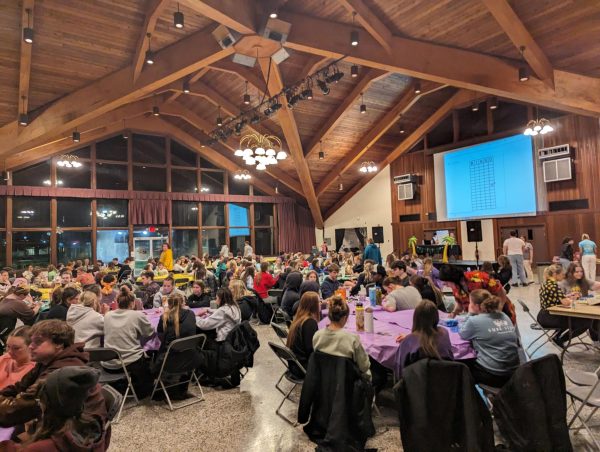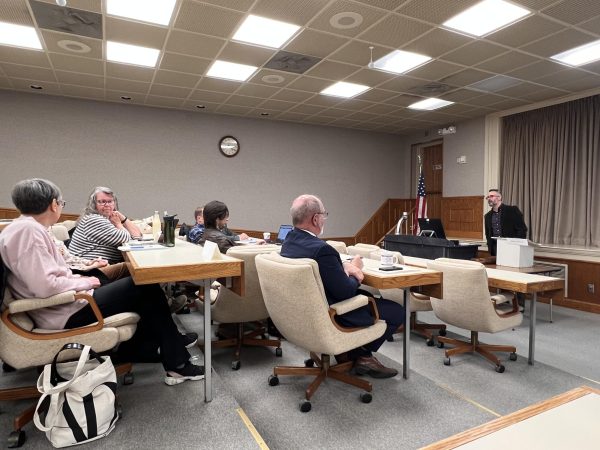A closer look at the cutting of AU men’s soccer
August 15, 2013
Ashland University expects to save $382,558 by next year by cutting the men’s soccer program, according to university President Frederick Finks.
Many changes were made this summer due to difficulties regarding Ashland University’s budget. One of the largest and most talked about changes was the decision to cut men’s soccer from the athletic program. The decision was made public May 29.
At the all-institution meeting June 4, Finks announced that by cutting the program, the university would gain around $330,000. That was $100,000 more than the athletic program was asked to cut as part of the widespread restructuring of the university.
Costs that are still attributed to the men’s soccer program are the scholarships of the five student-athletes who will not transfer as a result of the elimination of the program and the fact that head coach Jon Freeman is still being paid as part of his contract until he secures another position.
Athletic Director Bill Goldring said that it was a tough decision to make, but one he is confident was necessary given the circumstances.
“If you look at the amount of money that we were asked to cut and if we had to take that from all of our programs here, my real fear and the fear of our staff… was that would severely hurt the entire athletic department,” he said.
As a direct result of the decision, 20 student-athletes who were set to attend Ashland in the fall decided to transfer. Because the men’s soccer program received the equivalency of six full scholarships, all of these players were tuition-paying students.
The Collegian talked with 12 players who transferred. The average amount of money they were expected to pay AU this academic year was approximately $16,532.58, which if multiplied by all 20 who transferred comes to a total of $330,651.67.
Goldring acknowledged that there was a cost associated with the overall program savings in the form of less revenue to the university, but he said the hit in enrollment would be made up for.
“We were asked to add walk-on numbers in other sports to make up that difference, which I feel pretty confident that when all the numbers come in that in fact happened,” Goldring said.
Former AU goalkeeper and current Northwestern High School girls’ soccer coach Bryan Schaaf expressed that it would have been easy to add more walk-on athletes to the soccer roster if such a request had been made.
“If they had wanted (Freeman) to bring on walk-ons to increase numbers he would have in a heartbeat, but he was asked to fill 25 spots and he did,” Schaaf said.
Goldring did consult others when examining the situation, including other athletic directors and professionals who have had to make similar decisions in the past.
“The general answer among other athletic directors was they’d never seen that amount of money asked to be cut from an athletic program at one time,” he said. “It’s just part of the circumstances we’re in and we stepped up and did what we had to do.”
In the end, it was Goldring who made the recommendation to cut the program to Finks and his cabinet.
The men’s soccer team became an official NCAA sanctioned program in 1995 after more than 20 years of playing a full competitive schedule. The Eagles won their first Great Lakes Intercollegiate Athletic Conference title in 2002 and won both the regular season and tournament crowns in 2010, advancing to the NCAA tournament for the third straight year. Still, men’s soccer was never one of the most well-attended sports on campus.
“As far as our history and the makeup of the team, that was not a sport that generally got a lot of attention and a lot of passion here,” Goldring said. “That doesn’t mean that it’s not a great sport, and it’s a great sport worldwide and nationwide, but here in grand scheme of things it certainly didn’t measure up to some of our other sports in terms of passion and commitment, and certainly historically.”
The initial reaction from alumni was one of anger and frustration, but in the end Schaaf said those involved with the program in the past understand where the athletic director is coming from.
“Anybody who has grown up in the game also understands its role against the backdrop of the other more traditional American sports,” he said. “You’ve got to keep administration happy, you have to keep trustees happy. If you start cutting (head football coach) Lee Owens’s budget, you’re going to get a lot of people rattling the bars because they’re not going to be happy.”
Part of the multi-million dollar Dwight Schar Athletic complex that was erected in 2010 was Ferguson Field, meant to host both men’s and women’s soccer. A brand new press box was finished this spring and will be used for women’s soccer and men’s and women’s track and field.
“When we built it, we never envisioned that we were going to have to do anything like (cut the men’s soccer program),” Goldring said.
Remaining at Ashland are 19 NCAA Division II sports programs, ten for women and nine for men. Following the 2012-13 academic year, AU received third place in the Learfield Sports Directors Cup for widespread athletic success at the national level. Goldring believes the only way to sustain that excellence given the financial circumstances at the university was to eliminate the men’s soccer program.
“Everything we’ve stood for and done with the kids that we’ve had, with the staff that we’ve had, is to try to put us in a situation to be successful,” he said. “Unfortunately, that did not happen in this case and I feel bad for the student-athletes, I feel bad for the staff, but it had to be done.”



